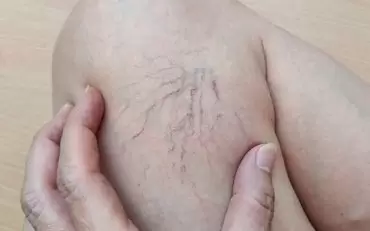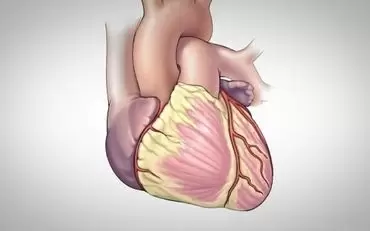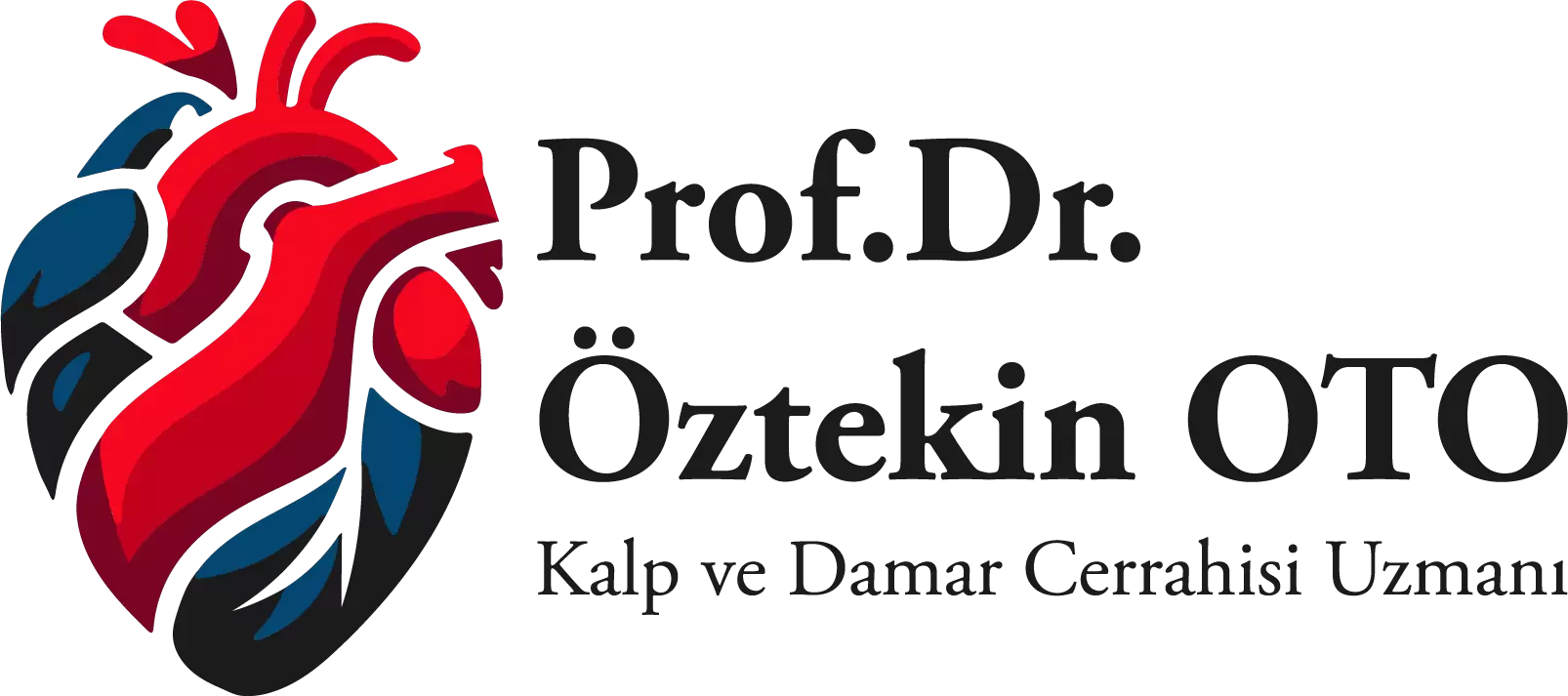29 Oca
Minimally Invasive Heart Valve Surgery
Minimally Invasive Heart Valve Surgery
Valve diseases are quite common in the society affecting all age groups. There are 4 chambers in the heart, each of which is protected by a valve. Valve problems are so severe that must be treated in all cases.
Scientific studies and technological advancements greatly contributed to diagnosis and treatment. Minimally invasive valve surgery is one of these technologically advanced treatment modalities that is remarkable for both patient and doctor comfort. The operation performed through an incision less than 7 cm was for the first time applied in 1998. The procedure is based on closure of holes between the atria and ventricles of the heart and ligation of vessels that are not supposed to be present between the aorta and lung veins. This procedure was for the first time performed in DokuzEylülUniversity. ÖztekinOtohas been performing minimally invasive valve replacement operations since 2000 through 5 cm incisions on the chestbone, and mitral valve operations through 5 cm incisions underneath the chestbone. Recently, mitral valve replacement or repair operations of women are performed without opening the chestbone and by using only the bra line.
What Are The Advantages of Minimally Invasive Heart Surgery
- Being performed without the need for cutting the chestbone, minimally invasive heart surgery provides many advantages for both surgeons and patients, such as:
- Cosmetic advantages: incisions opened on or underneath the chestbone can be hidden under the clothes. Also, by staying under the bikini area, cosmetic problems can easily be avoided.
- Recovery process is quite smooth after minimally invasive heart surgery applied to older patients. The patient will start to get better a short while after the operation.
- Patients experience a minor post-operative pain.
- Bleeding is uncommon since tissue damage is minimal, in which case less blood transfusion is required.
- Time of stay at the intensive care unit and the hospital is a lot shorter after minimally invasive heart surgery. After the procedure, it is generally enough to keep the patient at the hospital for about 3 to 4 days.
- Patients have the chance of returning to work, driving and sustaining their sexual life after minimally invasive heart surgery.
Frequently Asked Questions On Minimally Invasive Heart Surgery
Is it possible to perform awake minimally invasive heart surgery?
Yes. Following my colleagues in Italy I, for the first time, performed aortic valve replacement surgery on an awake patient in 9 Eylül University. This operation is performed under high thoracic epidural anesthesia. The patient undergoes the operation in awake state but without feeling any pain. There is a short time of stay at the intensive care unit following minimally invasive heart surgery performed quite smoothly in an awake patient as well.
How to perform aortic valve surgery through a small hole?
Aortic valve is accessed through a small incision 5 cm above the chestbone. The patient is connected to the heart - lung machine through this incision by way of cannulas. (Figure 7)A 5 cm scar leaves after surgery, which is visible through the collar.
Is it possible to perform heart surgery on pediatric patients through a small incision (minimally invasive)?
Yes. I do perform heart surgery on children and infants through a small incision, including particular operations for closing holes in between atria, namely ASD’s (Atrial Septal Defects) and in between ventricles, namely VSD’s (Ventricular Septal Defects). (Figure 8)
Is it possible to perform ballooned aorta procedure (Bentall Procedure) through a small incision by minimally invasive surgery?
Yes. I do perform Bentall procedure through an incision line smaller than 5 cm. For the procedure, I connect the patient to the lung machine by way of a cannula placed on the artery and vein accessed on the right groin. I perform ballooned aorta procedure by opening the upper 5 cm portion of the chestbone. This is followed by replacing and suturing in place the ballooned aorta with an artificial aorta containing an aortic valve.
Is redosurgery possible through a small incision?
Yes. I can replace the tricuspid valve, the valve of the right side of the heart, if it becomes unfunctional after mitral valve replacement through right infra-mammary suture. Also, this procedure may also be applied through a small incision when it gets necessary to replace the aortic valve of the patients having undergone aortic valve enlargement surgery in childhood.
Is it possible to perform minimally invasive aortic valve surgery in very old patients (aged between 80-90)?
Yes. If the valve is to be replaced in very old patients, a small incision must be preferred in particular. This way the wound would heal rapidly and the patient would restart normal life routine and become self-sufficient quickly.
Related Articles

What is Varix?
Varix is a severe disease of the veins mostly delayed in treatment as it is generally considered as ..
Read More
Heart Attack
A heart attack occurs when there is a blockage in the coronary arteries, which are the vessels..
Read More
Coronary Bypass Operations
Heart is composed of a muscular tissue which is pumping blood to the body. Coronary arteries are the..
Read More




